Coffee beginners must see: types and characteristics of coffee-how is coffee classified?
Professional coffee knowledge exchange more coffee bean information please follow the coffee workshop (Wechat official account cafe_style)
From the crops in the mountains to the drinks in our hands, coffee has gone through five steps: planting, harvesting, processing, roasting and extraction. All the classifications we have seen so far are basically based on different factors / methods in these steps. After a general understanding of these five steps, we will be able to understand all kinds of mysterious "coffee classification".
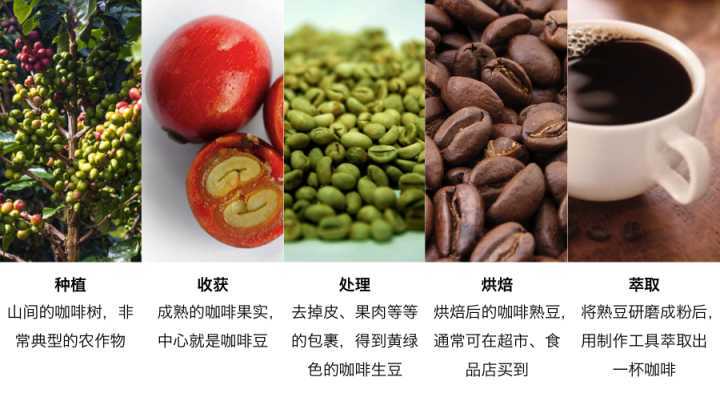
The first stage, planting.
In the planting stage, there are two major factors that affect the quality of coffee-the planting place (origin) and variety of coffee trees. As a result, there are the following coffee categories:
1. Classification based on origin
① can be divided into Kenyan coffee, Ethiopian coffee, Vietnamese coffee and so on, among which high-quality coffee usually comes from Panama, Kenya, Ethiopia and other African and Central and South American countries.
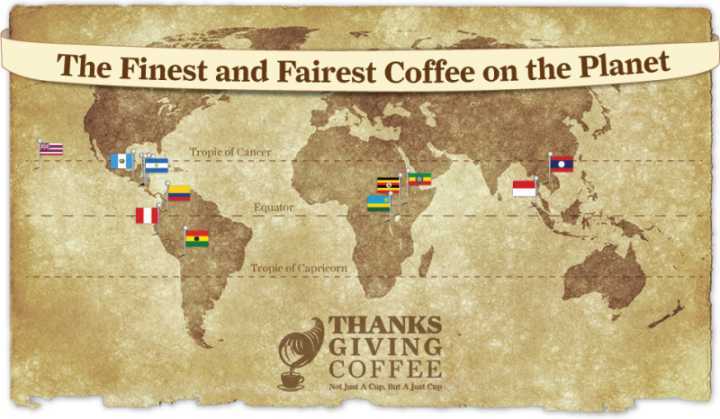
② goes further and can be divided according to the different producing areas of a country, such as Sidamo and Yega Chefe in Ethiopia, Blue Mountains in Jamaica, Sumatra in Indonesia, etc., which are all classified after place names; further, enthusiasts and professionals will be marked according to different estates.
The above categories usually appear in boutique coffee shops when baristas ask you what kind of single-origin coffee you want. But beware. Stores that claim to sell Blue Mountain Coffee are suspected of lying or blurring.
2. Based on the classification of coffee varieties:
① according to the large variety, coffee can be simply divided into Arabica species and Robusta species. In general, Arabica tastes better than Robsta (it is not so simple to generalize). For example, we often hear a fast food chain claiming to use 100% Arabica coffee beans. But it is important to note that Arabica does not necessarily represent good coffee, or that most Arabica coffee beans are far from quality.
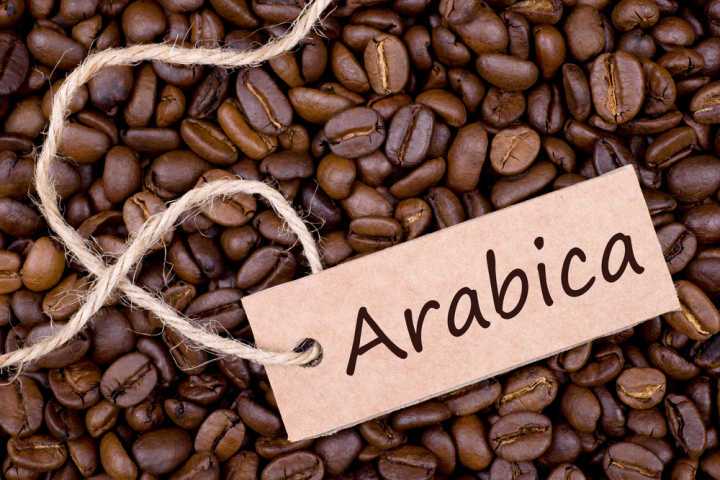
② fine Arabica classification: under Arabica, there are countless subspecies, as well as subspecies mating varieties, such as we often hear: yellow bourbon, iron pickup, Rosa and so on.
? Such "classification" introductions usually appear in the communication between baristas in some high-quality coffee shops and you.
The second stage, harvest.
This stage includes picking and screening, and does not involve the "coffee classification" that we usually hear.
The third stage, processing.
Treatment refers to the process of removing the exocarp, pulp and so on from the cherry-shaped coffee fruit (also known as Coffee Cherry) to get the yellow-green coffee raw beans under the package. Based on three common processing methods, we will hear these three "coffee categories":
① sun: more natural treatment methods, most are very extensive exposure, but can also be fine operation, fine coffee in the sun beans are the result of fine treatment, usually good sun beans fruit flavor will be more prominent.
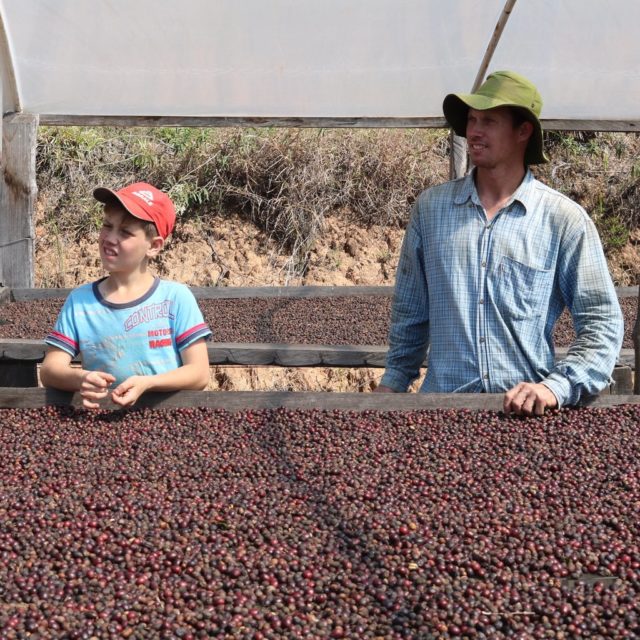
(photo: sun treatment)
② washing: water washing treatment is more complex, not to mention, this treatment is usually only used for higher quality coffee beans, water washing beans are characterized by clean taste and can taste bright acidity.
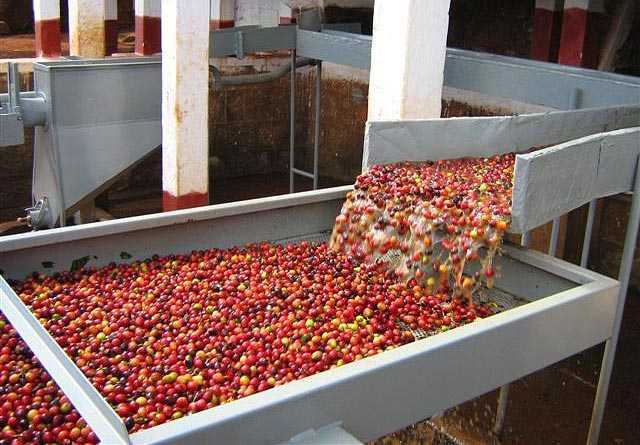
(figure: washing method)
③ honey treatment (also known as semi-washing): honey treatment combines the above two methods, and the resulting beans have the same taste as the above two methods.
So, when you hear the barista say "washed beans" and "sun-dried beans" to you, you will understand what he is classifying on. But don't forget to ask him to introduce you to the taste characteristics of this bean in more detail.
The fourth stage, baking.
When coffee beans are heated by a bean roaster, Maillard reaction occurs, from yellowish green raw beans to the brown beans we see in coffee shops and supermarkets. This process is called roasting. For the baking stage, you will usually hear these "coffee categories".
1. Classified by baking degree: it is usually divided into shallow, moderate and deep.
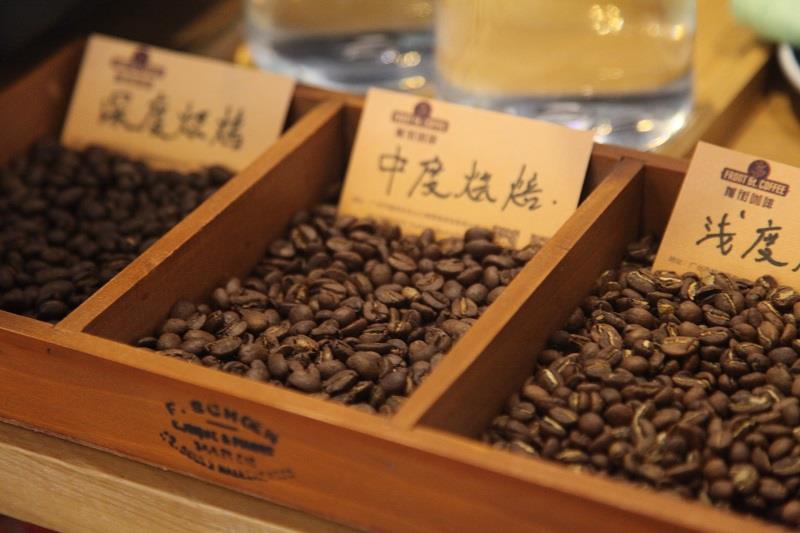
(the color contrast between raw beans and cooked beans, the deeper the baked beans, the darker the color.)
2. Classified by baking object: it can be divided into single coffee and blended coffee.
① single coffee (or single bean): for high-quality coffee raw beans, in order to maximize its own characteristics-that is, the so-called regional flavor. We will not mix it with other varieties of coffee from growing countries to bake and extract, this is the so-called "single coffee". The strictest (narrow sense) single coffee, the information is specific to the variety, origin, manor, treatment, different batches and years of "single coffee", the taste is not immutable, there is a surprise every year.
② blended coffee (more commonly referred to as blended beans): some high-volume coffee shops, such as Starbucks and Costa, use a variety of beans during the roasting stage (either raw beans or roasted cooked beans) in order to ensure the stability of the taste and quantity of the coffee. In general, the coffee beans used in blending are not as good as individual beans and are deeply roasted. However, for Italians who are experienced in blending coffee, they can always spell out very delicious and good coffee.
? So if you meet a friend and ask you, do you like to drink a single drink? That usually means whether you like to drink coffee made from high-quality single-origin coffee beans.
The sixth stage, extraction.
Some people say that baristas mainly do one thing at the bar-extraction. The so-called extraction is that after grinding the coffee beans into powder, the aromatic substances in the powder are extracted with water and made into a cup of coffee. With regard to this stage, it usually involves the most common title of "coffee classification":
1. According to the method of extraction, it is commonly divided into:
① espresso: a cup of espresso brewed by pressing hot water to about 9 atmospheres in an espresso machine, usually called espresso. If you want to make American style, latte and cappuccino, you must have this small cup of espresso. Some people call coffee brewed in a mocha pot also called espresso, but strictly speaking, this can only be the representative way for Italians to make coffee at home, not real espresso.
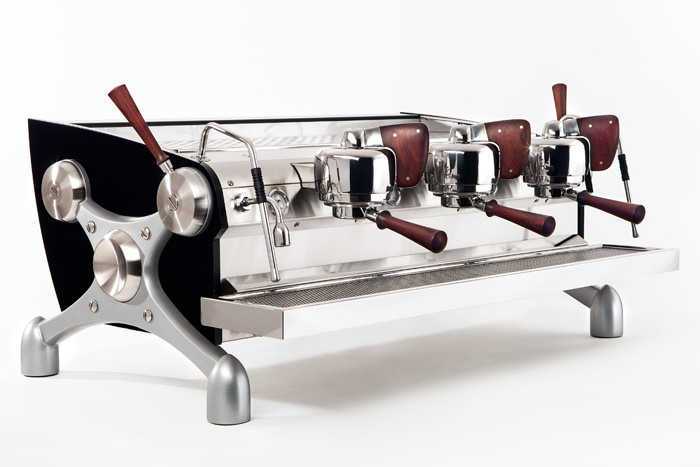
(photo: a commercial espresso machine)
② drip filter coffee: use V60, Chemex and other extraction tools to extract a cup of coffee from coffee powder by hot water pouring at ordinary atmospheric pressure. This method of extraction is also called hand-brewed coffee, and the household electric American coffee machine also imitates this principle (strictly speaking, the American coffee machine made by the household American coffee machine is not American coffee, which is diluted Italian coffee. Need the Italian machine above for high temperature and high pressure extraction.
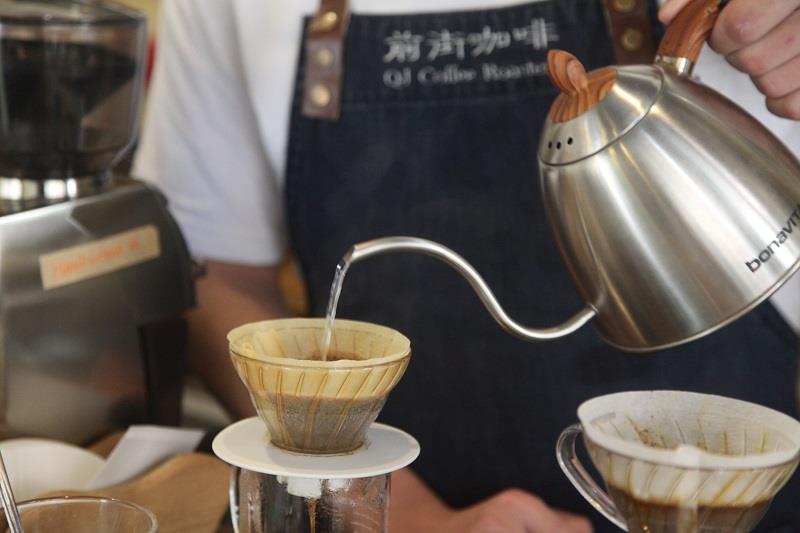
(photo: hand-brewed coffee is being made with a hand pot and a Hario V60 filter cup)
③ siphon coffee: coffee extracted by heating in a siphon pot.
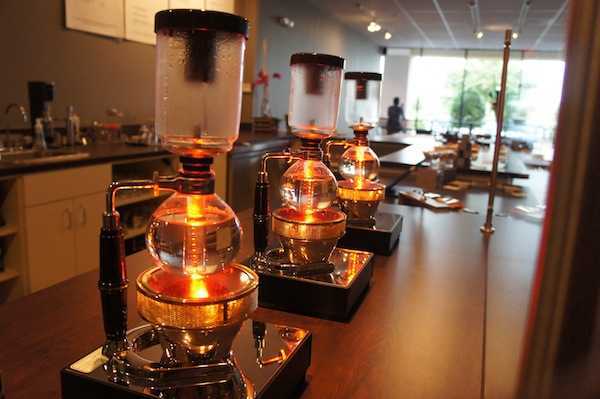
(photo: a siphon kettle being heated, also known as Saifeng kettle)
④ soaked coffee: this method of extraction is represented by coffee made by autoclaves and ice-brewed coffee.
The above categories usually appear when the barista asks you how you want him to make you a cup of coffee, or when a friend asks you how to make your own coffee. There are also Aeropress, mocha pots, French kettles and so on.
2. Re-production after extraction
① Black Coffee: whether it is black coffee or not has nothing to do with the extraction method, but depends on what you do with the extracted cup of coffee. Coffee made directly from any of the devices / methods I mentioned above is black coffee, Espresso is, Ristretto is more concentrated than Espresso, and so is handbrewing.
② developed a coffee drink based on espresso: after a cup of espresso was made, it chose to add dairy products, water, or even wine and cocoa, resulting in a different cup of coffee, which is what we call Italian-based coffee Espresso-based drink. Under this category, Americano, latte, cappuccino, Flat White, Piccolo and so on can be developed. What you hear most often at Starbucks and even in most coffee shops in the world is this level of coffee classification. The following picture is the most intuitive illustration:
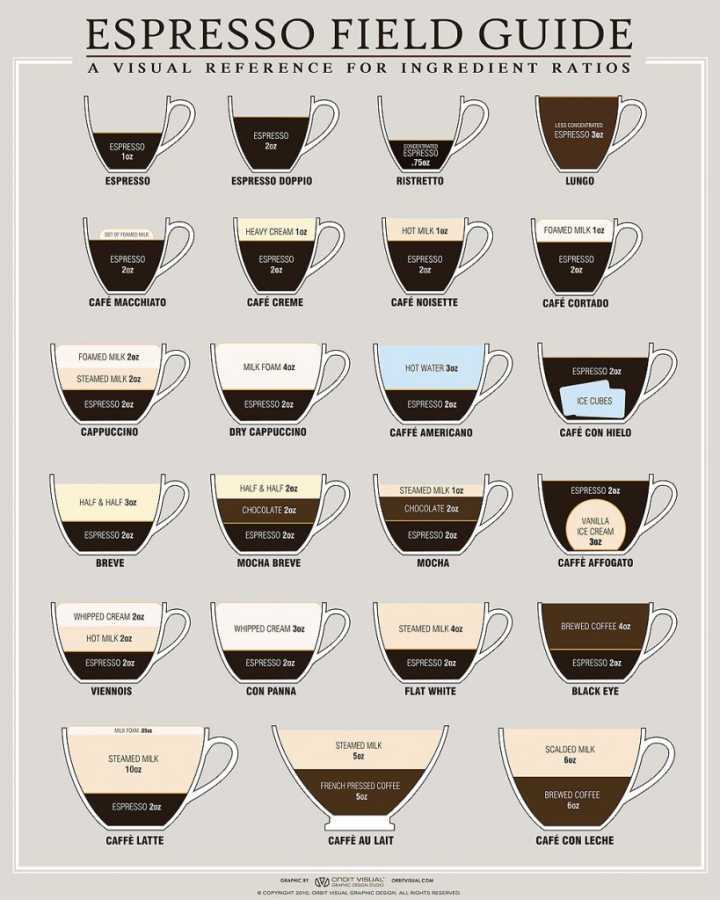
(photo from: What "s The Difference Between a Latte, Cappuccino, and an Au Lait [infographic]-CoffeeNate.com)
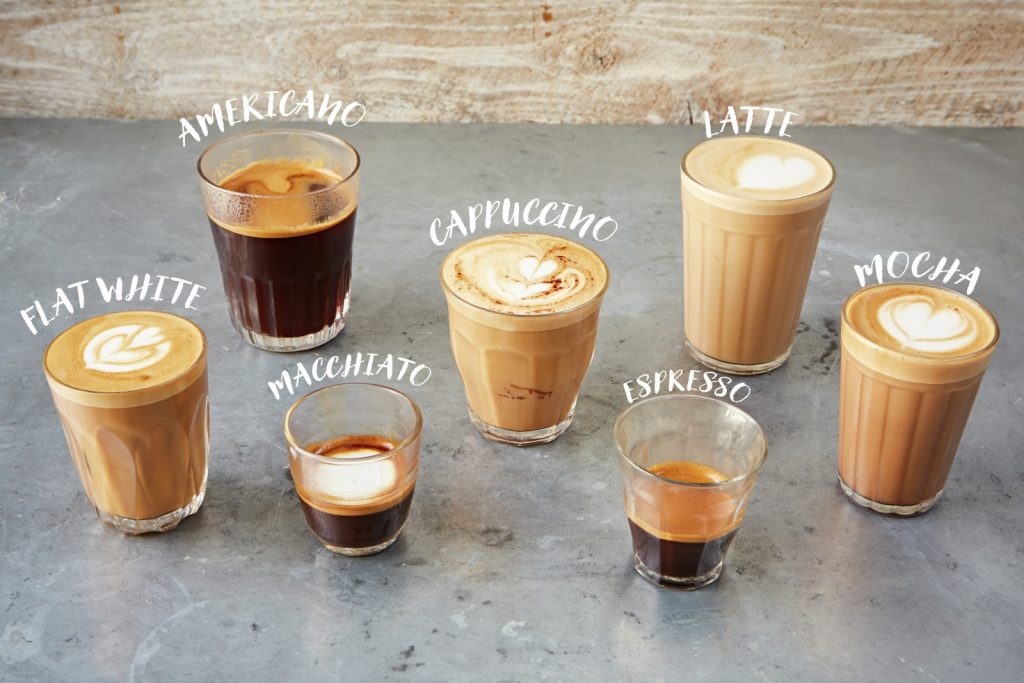
3. Capsule coffee and instant coffee
This classification is actually based on the packaging and blending (non-brewing) method of coffee in your hand, and the market concept packaged (not derogatory).
The taste of ① capsule coffee will be similar to the coffee made by Italian coffee machine, which has the advantage of eliminating human instability and making the product more convenient and consistent. The downside is that you will never feel the change or surprise between one cup and another, and no one will make coffee capsules out of the best coffee beans.
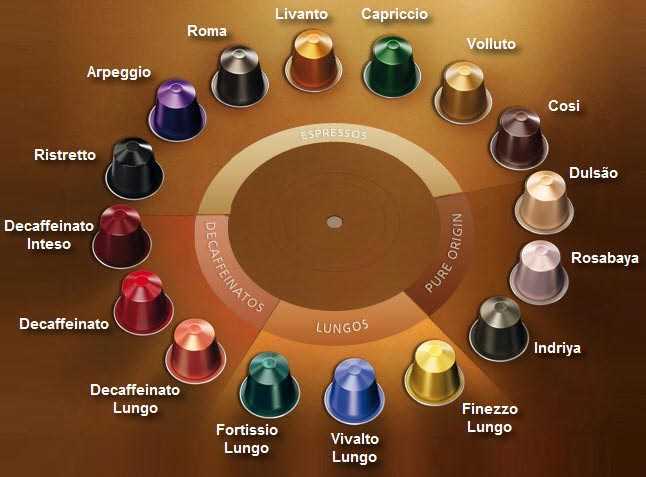
(photo: different flavors of capsule coffee from a large factory)
② instant coffee is an extract made by drying a cup of coffee. You can hardly taste any natural flavor of the coffee itself in a cup of instant coffee. So some people say: instant coffee is not coffee.
Author: Summer
Source: Zhihu
The copyright belongs to the author.
Important Notice :
前街咖啡 FrontStreet Coffee has moved to new addredd:
FrontStreet Coffee Address: 315,Donghua East Road,GuangZhou
Tel:020 38364473
- Prev
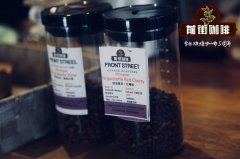
How does a single coffee become an Italian coffee bean suitable for a coffee machine? Individual coffee and blended coffee
Professional coffee knowledge exchange more coffee bean information please follow the coffee workshop (Wechat official account cafe_style) popular science | Coffee variety knowledge, individual coffee type and taste introduction, single bean price different types and origin of coffee beans, each has a unique taste, aroma and taste, according to their favorite flavor mix, you can make your own coffee. General
- Next

What is the Manning item Wang Junkai has made? Analyze the life story and story of Mantening for you!
Professional coffee knowledge exchange more coffee bean information please follow the coffee workshop (Wechat official account cafe_style) Indonesia Manning coffee _ gold manning coffee flavor characteristics recently from TFBOYS Wang Junkai warm-hearted micro-film advertising film hit the moments Wang Junkai light blue shirt and apron really look like a barista mentioned in the single Man
Related
- Detailed explanation of Jadeite planting Land in Panamanian Jadeite Manor introduction to the grading system of Jadeite competitive bidding, Red bid, Green bid and Rose Summer
- Story of Coffee planting in Brenka region of Costa Rica Stonehenge Manor anaerobic heavy honey treatment of flavor mouth
- What's on the barrel of Blue Mountain Coffee beans?
- Can American coffee also pull flowers? How to use hot American style to pull out a good-looking pattern?
- Can you make a cold extract with coffee beans? What is the right proportion for cold-extracted coffee formula?
- Indonesian PWN Gold Mandrine Coffee Origin Features Flavor How to Chong? Mandolin coffee is American.
- A brief introduction to the flavor characteristics of Brazilian yellow bourbon coffee beans
- What is the effect of different water quality on the flavor of cold-extracted coffee? What kind of water is best for brewing coffee?
- Why do you think of Rose Summer whenever you mention Panamanian coffee?
- Introduction to the characteristics of authentic blue mountain coffee bean producing areas? What is the CIB Coffee Authority in Jamaica?

